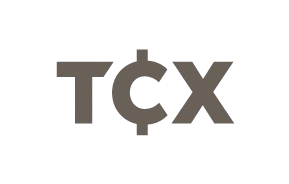Nigeria’s inflation slowed for a second month to 23% YoY in May, down from 23.7%, supported by stable currency and energy costs. Core inflation dropped to 22.3%, while food inflation eased slightly to 21.1%, aiding policy clarity after January’s data revamp.
